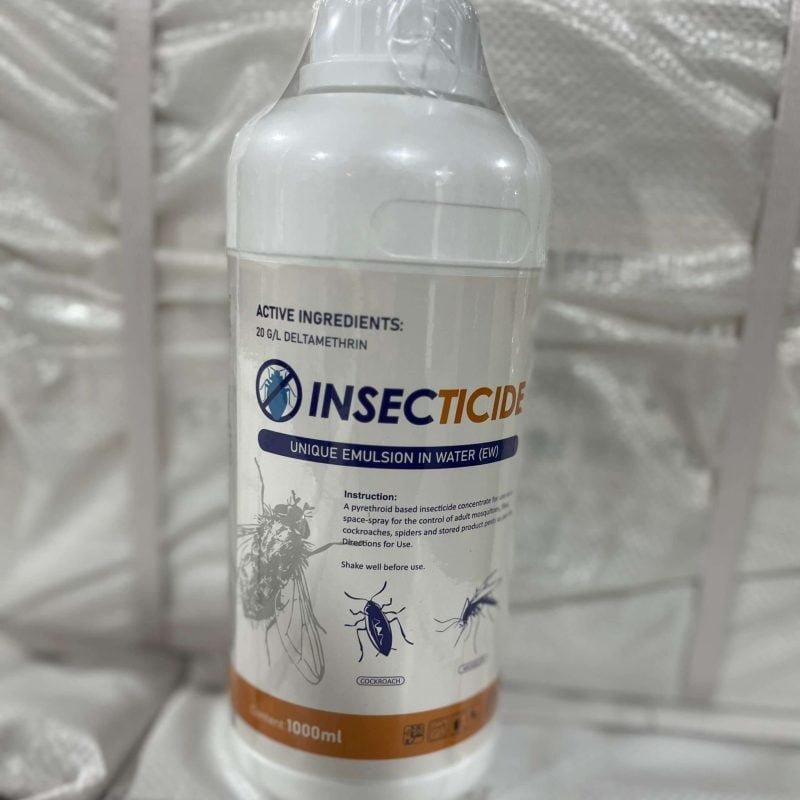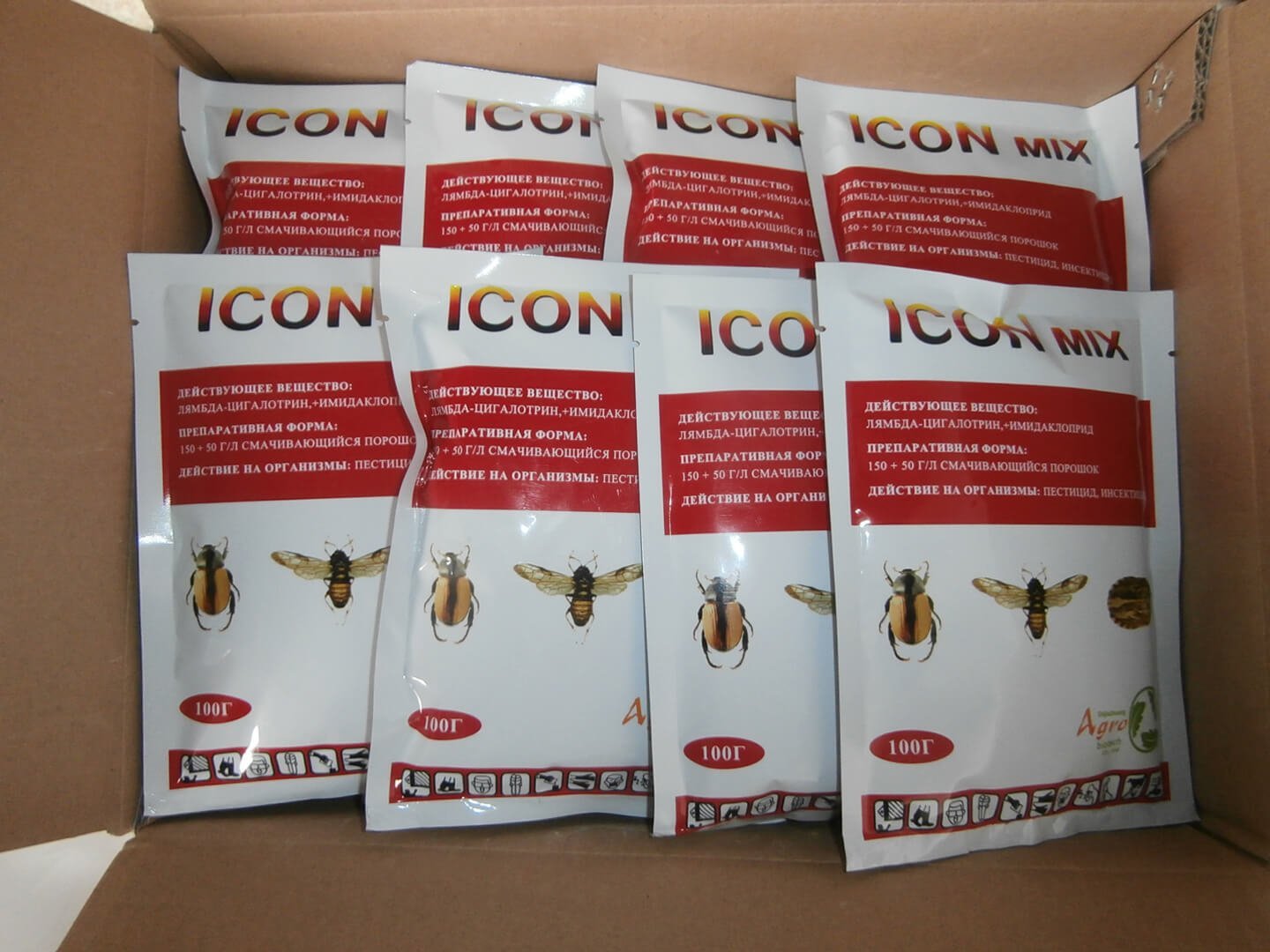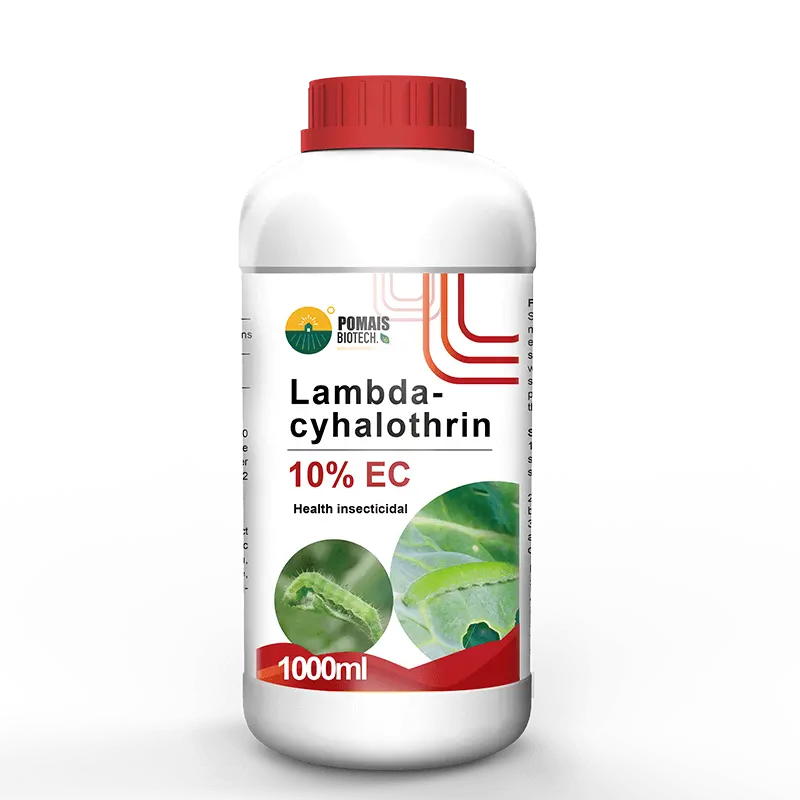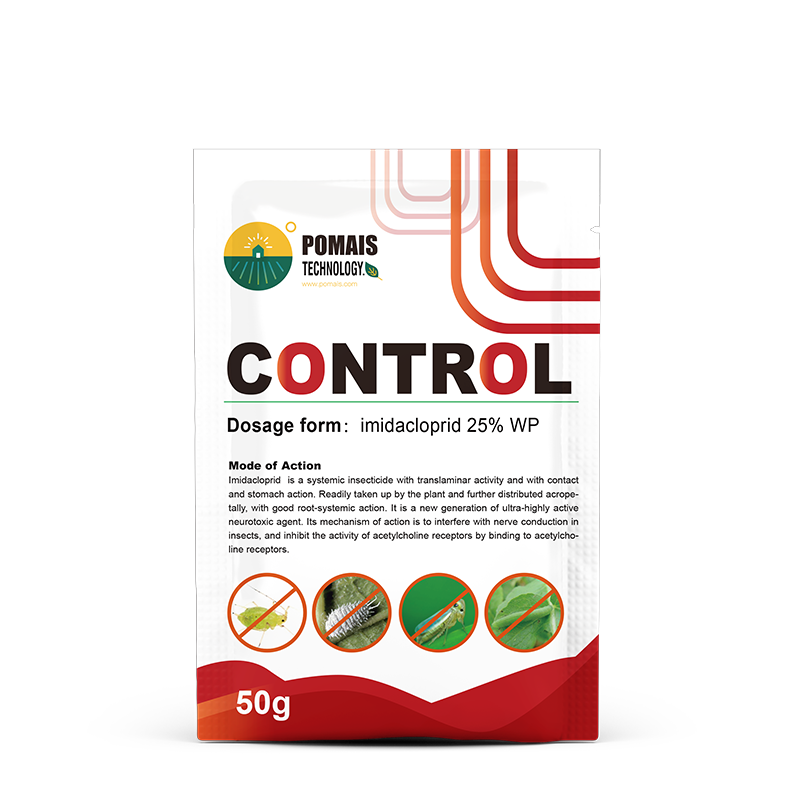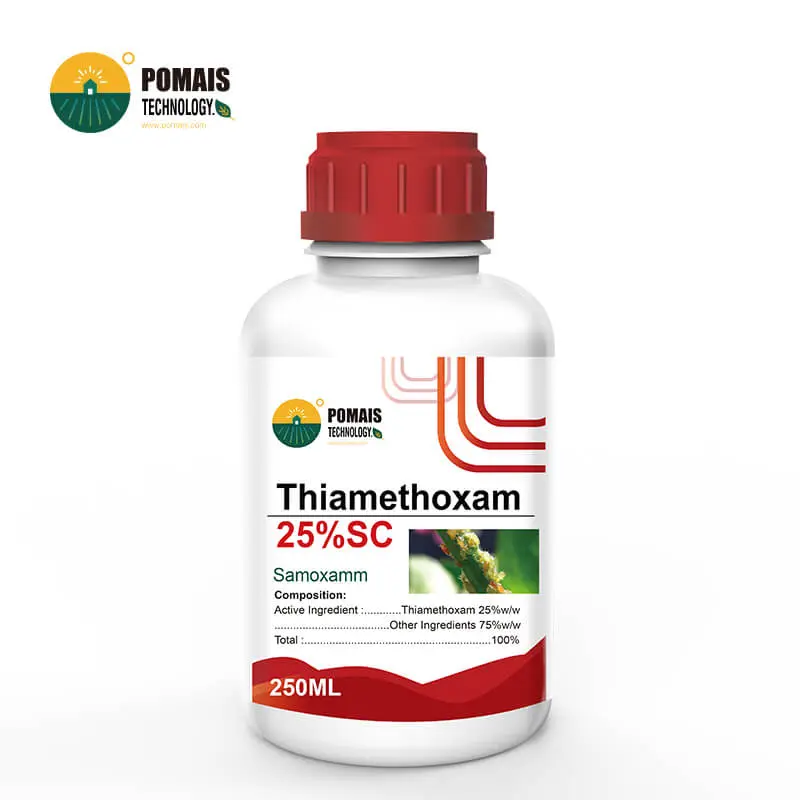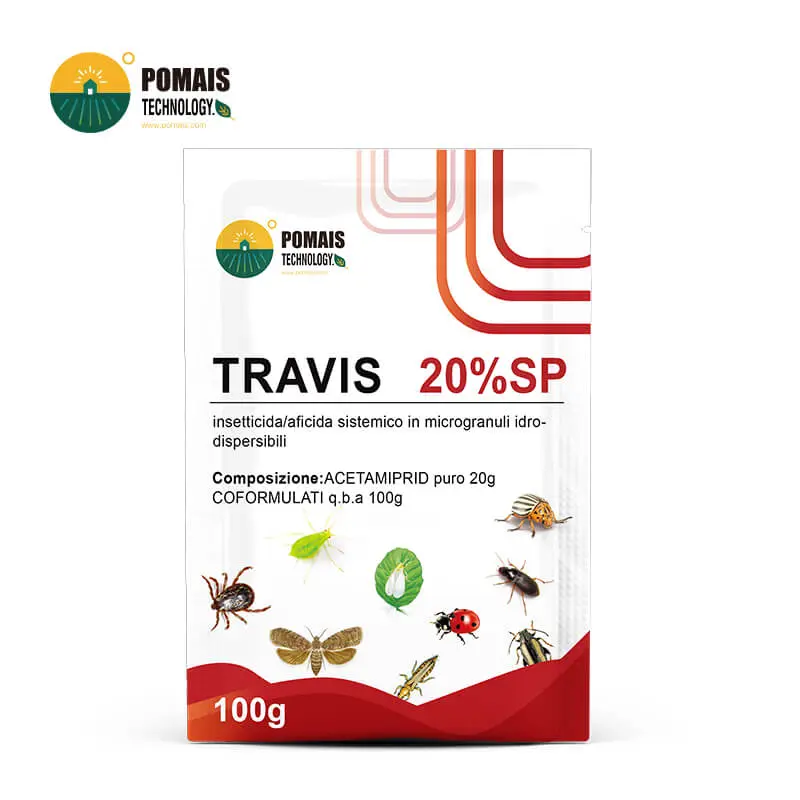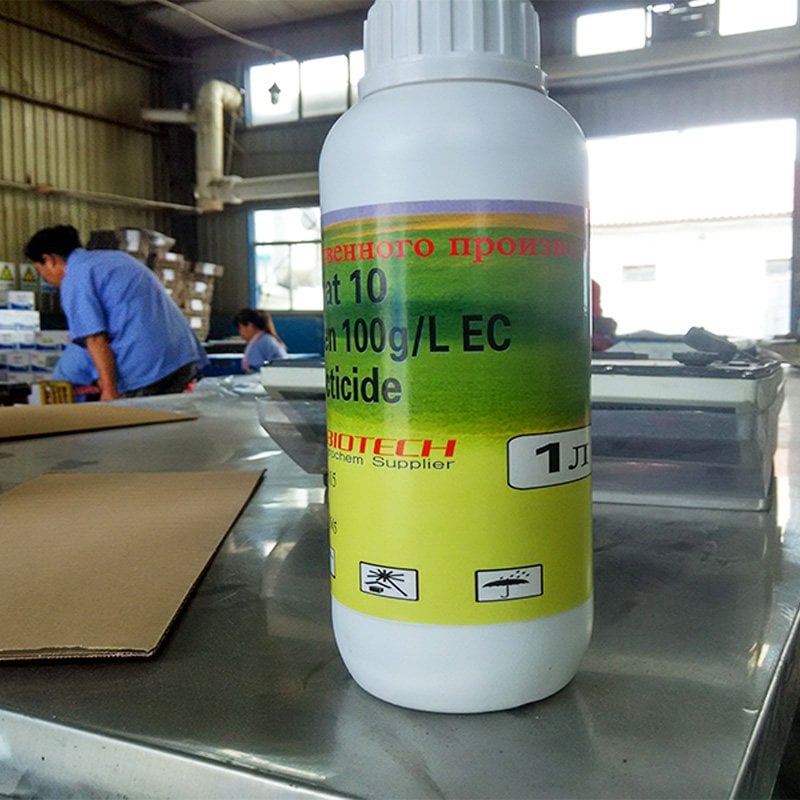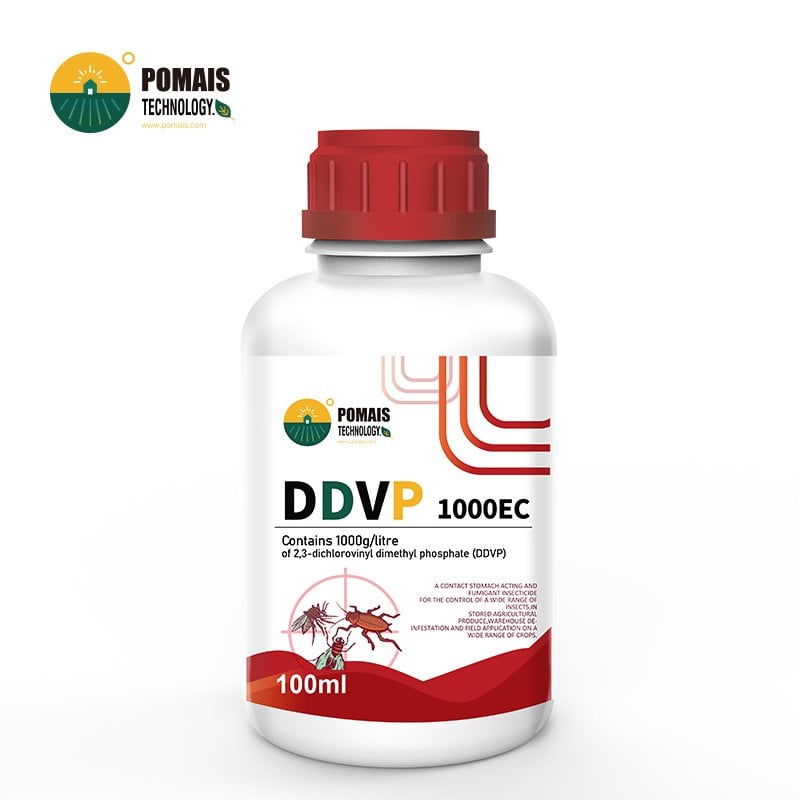Comprehensive Guide to Carpet Beetle Management
Carpet beetles are a persistent pest affecting homes, warehouses, museums, and commercial facilities. Without effective management, these pests can cause extensive damage to fabrics, stored products, and valuable collections. Understanding their biology, behavior, and control strategies is essential to protecting your property. This guide offers you a detailed overview of carpet beetle species, life cycles, the extent of their damage, and the most reliable methods to manage infestations.
What Are Carpet Beetles?
Carpet beetles belong to the family Dermestidae and are notorious for their destructive feeding habits during the larval stage. In California and many other regions, the primary species of concern include:
- Varied Carpet Beetle (Anthrenus verbasci)
- Furniture Carpet Beetle (Anthrenus flavipes)
- Black Carpet Beetle (Attagenus unicolor)
While adult beetles feed mainly on pollen and nectar outdoors, it is the larvae that cause significant indoor damage by feeding on organic materials like wool, silk, leather, feathers, and even stored foods.
Identification and Life Cycle
Recognizing carpet beetles at different life stages is critical for effective control.
Adult Carpet Beetles
Adult carpet beetles are small, oval-shaped, and often confused with lady beetles. They are attracted to light and are frequently found near windows. Adults are primarily outdoor pollinators but can enter buildings through open doors, windows, or by hitching a ride on flowers and goods.
- Varied Carpet Beetles are about 1/10 inch long, with a mottled pattern of white, brown, and yellow scales.
- Furniture Carpet Beetles are slightly larger, with more rounded shapes and irregular patterns of white, yellow, and black.
- Black Carpet Beetles are uniformly dark, with shiny black or dark brown bodies.
Larvae
Larvae are the destructive stage. They are generally elongated and covered in dense hairs.
- Varied Carpet Beetle Larvae have a wide rear and narrow front, displaying light and dark brown stripes.
- Furniture Carpet Beetle Larvae initially appear white but darken as they mature.
- Black Carpet Beetle Larvae are smooth, hard-bodied, and taper towards the rear with a characteristic tuft of hairs at the end.
| Species | Egg Hatch Time (Days) | Larval Duration (Days) | Pupal Duration (Days) | Adult Lifespan (Weeks) |
|---|---|---|---|---|
| Varied Carpet Beetle | 10–20 | 220–630 | 10–13 | 2–6 (Female), 2–4 (Male) |
| Furniture Carpet Beetle | 9–16 | 70–94 | 14–17 | 4–8 |
| Black Carpet Beetle | 6–16 | 166–330 | 8–14 | 4–8 |
Damage Caused by Carpet Beetles
You should be aware that carpet beetle larvae feed on a wide range of animal-based materials, including:
- Wool, silk, leather, and fur
- Feathers, animal hair, natural bristles in brushes
- Museum specimens, taxidermy mounts
- Stored products such as grains and spices
They do not feed on synthetic fibers but can damage blended fabrics if natural fibers are present. Damage typically appears as irregular holes and bare spots rather than the scattered holes caused by clothes moths. Shed skins and fine, grainy fecal pellets near feeding sites are strong indicators of an infestation.
Severe infestations can lead to substantial financial losses, especially for museums, textile storage facilities, and high-end residential properties.
How to Manage Carpet Beetles
Effective management involves a combination of sanitation, exclusion, monitoring, and targeted treatments. Relying solely on chemical control is insufficient for long-term success.
Inspection and Monitoring
The first step is thorough inspection:
- Look for signs of larvae, shed skins, and adult beetles around carpets, furniture, closets, and storage areas.
- Use sticky traps with or without pheromones to monitor beetle activity.
- Pay special attention to dark, undisturbed areas where lint, hair, and food residues accumulate.
Sanitation and Source Elimination
You must eliminate food sources:
- Vacuum carpets, upholstery, baseboards, and storage areas thoroughly and frequently.
- Remove or professionally clean infested materials.
- Store susceptible items (wool clothing, museum specimens) in sealed containers.
Reducing clutter minimizes breeding sites and simplifies treatment.
Physical and Environmental Controls
- Expose infested items to heat (over 120°F for 30 minutes) or freezing conditions (below -6°C for two weeks) to kill all life stages.
- For sensitive items, consider oxygen deprivation methods using oxygen-absorbing packets in airtight containers.
Chemical Treatments
When necessary, apply insecticides to targeted areas:
- Choose products specifically labeled for carpet beetles.
- Treat cracks, crevices, baseboards, and hidden areas, not fabric surfaces directly.
- In hard-to-reach spaces, insecticidal dusts like silica gel can be highly effective.
Professional pest control services can apply fumigants like dichlorvos (DDVP) under strict regulatory guidelines, especially for severe infestations in storage facilities.
Protecting Stored Goods
Prevent future infestations by:
- Thoroughly cleaning and sealing stored items.
- Using mothballs (containing 1,4-dichlorobenzene) carefully, following all safety precautions.
- Regularly inspecting and maintaining sealed containers and storage areas.
Key Takeaways for Effective Carpet Beetle Management
- Proactive Inspection: Regularly inspect vulnerable items and storage areas.
- Hygiene First: Consistent, thorough cleaning is the foundation of control.
- Targeted Chemical Use: Apply pesticides only as directed, focusing on non-fabric surfaces.
- Environmental Management: Use heat, freezing, or oxygen deprivation for infested items.
- Professional Support: Engage certified pest control experts for severe or large-scale infestations.
Recommended Insecticides for Carpet Beetle Control
1. Pyrethroid-Based Insecticides
Key Active Ingredients:
Advantages:
- Fast knockdown effect on adult carpet beetles and larvae.
- Long residual activity on treated surfaces.
- Suitable for indoor crack-and-crevice treatments and baseboard applications.
Product Forms:
- Suspension Concentrate (SC)
- Water-based Aerosols
- Wettable Powder (WP)
Example Applications:
Spray along baseboards, under carpets, behind furniture, and inside storage closets.
2. Neonicotinoid-Based Insecticides
Key Active Ingredients:
Advantages:
- Systemic and contact action against larvae and adults.
- Highly effective when combined with pyrethroids (dual-action formulations).
- Low odor and low staining properties, ideal for sensitive environments.
Product Forms:
- Liquid Concentrates (SL)
- Microencapsulated Formulations (CS)
Example Applications:
Use for perimeter treatments around windows, door frames, and cracks.
3. Insect Growth Regulators (IGRs)
Key Active Ingredients:
- Pyriproxyfen
- Methoprene
- Hydroprene
Advantages:
- Disrupts the normal development of carpet beetle larvae.
- Prevents reproduction, leading to long-term control.
- Safe for indoor use when applied properly.
Product Forms:
- Aerosol Sprays
- Concentrate Solutions
Example Applications:
Apply directly to carpets, fabrics, and upholstery where larvae might feed.
4. Desiccant Dusts
Key Active Ingredients:
- Silica Gel
- Diatomaceous Earth (DE)
Advantages:
- Physical mode of action (dehydrates insects).
- No chemical resistance development.
- Extremely long residual effect if kept dry.
Product Forms:
- Fine Powder
- Ready-to-Use Dust Formulas
Example Applications:
Inject into wall voids, under baseboards, behind heavy furniture, and inside attic spaces.
5. Professional Fumigation (For Severe Infestations)
Key Active Ingredient:
- Dichlorvos (DDVP) (in resin strip formulations)
Advantages:
- Releases vapor that penetrates confined spaces.
- Kills all life stages (eggs, larvae, adults).
- Only for use by licensed professionals in sealed environments.
Product Forms:
- DDVP Resin Strips
- Gas Fumigation Services
Example Applications:
Specialized use in warehouses, museums, or during treatment of heavily infested stored products.
Product Recommendations by Infestation Stage
| Infestation Stage | Recommended Product Types | Active Ingredients | Application Notes |
|---|---|---|---|
| Prevention and Early Signs | Residual Insecticides + IGRs | Deltamethrin, Imidacloprid, Pyriproxyfen | Apply residual sprays around baseboards, under carpets, and in storage areas. Use IGRs to prevent larval development. |
| Moderate Infestation | Residual Sprays + Desiccant Dust | Lambda-cyhalothrin, Silica Gel | Spray cracks, crevices, and furniture undersides. Inject desiccant dust into voids and wall spaces for long-term control. |
| Severe Infestation | Professional Fumigation + Multi-Product Approach | Dichlorvos (DDVP), Cypermethrin, Hydroprene | Use licensed fumigation services with DDVP strips. Combine with perimeter sprays and IGRs for full coverage. |
| Stored Product and Museum Protection | Low-Odor Insecticides + IGRs + Desiccant Dust | Acetamiprid, Methoprene, Diatomaceous Earth | Use sensitive-site approved formulations. Regularly monitor with pheromone traps. Protect high-value collections. |
| Post-Treatment Monitoring | Pheromone Traps + Light Traps | Non-toxic Monitoring Systems | Install traps in storage areas and near known entry points to detect any resurgence early. |
About Our Services
At POMAIS, we specialize in providing high-quality pest control solutions tailored to professional, commercial, and institutional needs. With a complete range of insecticides, including options for carpet beetle management, we support businesses across industries with:
- Bulk wholesale supply with flexible order volumes
- Private label and OEM services
- Free sample support for product evaluation
- ISO, SGS, and COA certifications for assured quality
If you require reliable solutions for pest control challenges, our team is ready to assist you in selecting the most appropriate products and strategies for your situation.
Carpet beetles are a persistent pest affecting homes, warehouses, museums, and commercial facilities. Without effective management, these pests can cause extensive damage to fabrics, stored products, and valuable collections. Understanding their biology, behavior, and control strategies is essential to protecting your property. This guide offers you a detailed overview of carpet beetle species, life cycles, the extent of their damage, and the most reliable methods to manage infestations.
What Are Carpet Beetles?
Carpet beetles belong to the family Dermestidae and are notorious for their destructive feeding habits during the larval stage. In California and many other regions, the primary species of concern include:
- Varied Carpet Beetle (Anthrenus verbasci)
- Furniture Carpet Beetle (Anthrenus flavipes)
- Black Carpet Beetle (Attagenus unicolor)
While adult beetles feed mainly on pollen and nectar outdoors, it is the larvae that cause significant indoor damage by feeding on organic materials like wool, silk, leather, feathers, and even stored foods.
Identification and Life Cycle
Recognizing carpet beetles at different life stages is critical for effective control.
Adult Carpet Beetles
Adult carpet beetles are small, oval-shaped, and often confused with lady beetles. They are attracted to light and are frequently found near windows. Adults are primarily outdoor pollinators but can enter buildings through open doors, windows, or by hitching a ride on flowers and goods.
- Varied Carpet Beetles are about 1/10 inch long, with a mottled pattern of white, brown, and yellow scales.
- Furniture Carpet Beetles are slightly larger, with more rounded shapes and irregular patterns of white, yellow, and black.
- Black Carpet Beetles are uniformly dark, with shiny black or dark brown bodies.
Larvae
Larvae are the destructive stage. They are generally elongated and covered in dense hairs.
- Varied Carpet Beetle Larvae have a wide rear and narrow front, displaying light and dark brown stripes.
- Furniture Carpet Beetle Larvae initially appear white but darken as they mature.
- Black Carpet Beetle Larvae are smooth, hard-bodied, and taper towards the rear with a characteristic tuft of hairs at the end.
| Species | Egg Hatch Time (Days) | Larval Duration (Days) | Pupal Duration (Days) | Adult Lifespan (Weeks) |
|---|---|---|---|---|
| Varied Carpet Beetle | 10–20 | 220–630 | 10–13 | 2–6 (Female), 2–4 (Male) |
| Furniture Carpet Beetle | 9–16 | 70–94 | 14–17 | 4–8 |
| Black Carpet Beetle | 6–16 | 166–330 | 8–14 | 4–8 |
Damage Caused by Carpet Beetles
You should be aware that carpet beetle larvae feed on a wide range of animal-based materials, including:
- Wool, silk, leather, and fur
- Feathers, animal hair, natural bristles in brushes
- Museum specimens, taxidermy mounts
- Stored products such as grains and spices
They do not feed on synthetic fibers but can damage blended fabrics if natural fibers are present. Damage typically appears as irregular holes and bare spots rather than the scattered holes caused by clothes moths. Shed skins and fine, grainy fecal pellets near feeding sites are strong indicators of an infestation.
Severe infestations can lead to substantial financial losses, especially for museums, textile storage facilities, and high-end residential properties.
How to Manage Carpet Beetles
Effective management involves a combination of sanitation, exclusion, monitoring, and targeted treatments. Relying solely on chemical control is insufficient for long-term success.
Inspection and Monitoring
The first step is thorough inspection:
- Look for signs of larvae, shed skins, and adult beetles around carpets, furniture, closets, and storage areas.
- Use sticky traps with or without pheromones to monitor beetle activity.
- Pay special attention to dark, undisturbed areas where lint, hair, and food residues accumulate.
Sanitation and Source Elimination
You must eliminate food sources:
- Vacuum carpets, upholstery, baseboards, and storage areas thoroughly and frequently.
- Remove or professionally clean infested materials.
- Store susceptible items (wool clothing, museum specimens) in sealed containers.
Reducing clutter minimizes breeding sites and simplifies treatment.
Physical and Environmental Controls
- Expose infested items to heat (over 120°F for 30 minutes) or freezing conditions (below -6°C for two weeks) to kill all life stages.
- For sensitive items, consider oxygen deprivation methods using oxygen-absorbing packets in airtight containers.
Chemical Treatments
When necessary, apply insecticides to targeted areas:
- Choose products specifically labeled for carpet beetles.
- Treat cracks, crevices, baseboards, and hidden areas, not fabric surfaces directly.
- In hard-to-reach spaces, insecticidal dusts like silica gel can be highly effective.
Professional pest control services can apply fumigants like dichlorvos (DDVP) under strict regulatory guidelines, especially for severe infestations in storage facilities.
Protecting Stored Goods
Prevent future infestations by:
- Thoroughly cleaning and sealing stored items.
- Using mothballs (containing 1,4-dichlorobenzene) carefully, following all safety precautions.
- Regularly inspecting and maintaining sealed containers and storage areas.
Key Takeaways for Effective Carpet Beetle Management
- Proactive Inspection: Regularly inspect vulnerable items and storage areas.
- Hygiene First: Consistent, thorough cleaning is the foundation of control.
- Targeted Chemical Use: Apply pesticides only as directed, focusing on non-fabric surfaces.
- Environmental Management: Use heat, freezing, or oxygen deprivation for infested items.
- Professional Support: Engage certified pest control experts for severe or large-scale infestations.
Recommended Insecticides for Carpet Beetle Control
1. Pyrethroid-Based Insecticides
Key Active Ingredients:
Advantages:
- Fast knockdown effect on adult carpet beetles and larvae.
- Long residual activity on treated surfaces.
- Suitable for indoor crack-and-crevice treatments and baseboard applications.
Product Forms:
- Suspension Concentrate (SC)
- Water-based Aerosols
- Wettable Powder (WP)
Example Applications:
Spray along baseboards, under carpets, behind furniture, and inside storage closets.
2. Neonicotinoid-Based Insecticides
Key Active Ingredients:
Advantages:
- Systemic and contact action against larvae and adults.
- Highly effective when combined with pyrethroids (dual-action formulations).
- Low odor and low staining properties, ideal for sensitive environments.
Product Forms:
- Liquid Concentrates (SL)
- Microencapsulated Formulations (CS)
Example Applications:
Use for perimeter treatments around windows, door frames, and cracks.
3. Insect Growth Regulators (IGRs)
Key Active Ingredients:
- Pyriproxyfen
- Methoprene
- Hydroprene
Advantages:
- Disrupts the normal development of carpet beetle larvae.
- Prevents reproduction, leading to long-term control.
- Safe for indoor use when applied properly.
Product Forms:
- Aerosol Sprays
- Concentrate Solutions
Example Applications:
Apply directly to carpets, fabrics, and upholstery where larvae might feed.
4. Desiccant Dusts
Key Active Ingredients:
- Silica Gel
- Diatomaceous Earth (DE)
Advantages:
- Physical mode of action (dehydrates insects).
- No chemical resistance development.
- Extremely long residual effect if kept dry.
Product Forms:
- Fine Powder
- Ready-to-Use Dust Formulas
Example Applications:
Inject into wall voids, under baseboards, behind heavy furniture, and inside attic spaces.
5. Professional Fumigation (For Severe Infestations)
Key Active Ingredient:
- Dichlorvos (DDVP) (in resin strip formulations)
Advantages:
- Releases vapor that penetrates confined spaces.
- Kills all life stages (eggs, larvae, adults).
- Only for use by licensed professionals in sealed environments.
Product Forms:
- DDVP Resin Strips
- Gas Fumigation Services
Example Applications:
Specialized use in warehouses, museums, or during treatment of heavily infested stored products.
Product Recommendations by Infestation Stage
| Infestation Stage | Recommended Product Types | Active Ingredients | Application Notes |
|---|---|---|---|
| Prevention and Early Signs | Residual Insecticides + IGRs | Deltamethrin, Imidacloprid, Pyriproxyfen | Apply residual sprays around baseboards, under carpets, and in storage areas. Use IGRs to prevent larval development. |
| Moderate Infestation | Residual Sprays + Desiccant Dust | Lambda-cyhalothrin, Silica Gel | Spray cracks, crevices, and furniture undersides. Inject desiccant dust into voids and wall spaces for long-term control. |
| Severe Infestation | Professional Fumigation + Multi-Product Approach | Dichlorvos (DDVP), Cypermethrin, Hydroprene | Use licensed fumigation services with DDVP strips. Combine with perimeter sprays and IGRs for full coverage. |
| Stored Product and Museum Protection | Low-Odor Insecticides + IGRs + Desiccant Dust | Acetamiprid, Methoprene, Diatomaceous Earth | Use sensitive-site approved formulations. Regularly monitor with pheromone traps. Protect high-value collections. |
| Post-Treatment Monitoring | Pheromone Traps + Light Traps | Non-toxic Monitoring Systems | Install traps in storage areas and near known entry points to detect any resurgence early. |
About Our Services
At POMAIS, we specialize in providing high-quality pest control solutions tailored to professional, commercial, and institutional needs. With a complete range of insecticides, including options for carpet beetle management, we support businesses across industries with:
- Bulk wholesale supply with flexible order volumes
- Private label and OEM services
- Free sample support for product evaluation
- ISO, SGS, and COA certifications for assured quality
If you require reliable solutions for pest control challenges, our team is ready to assist you in selecting the most appropriate products and strategies for your situation.

